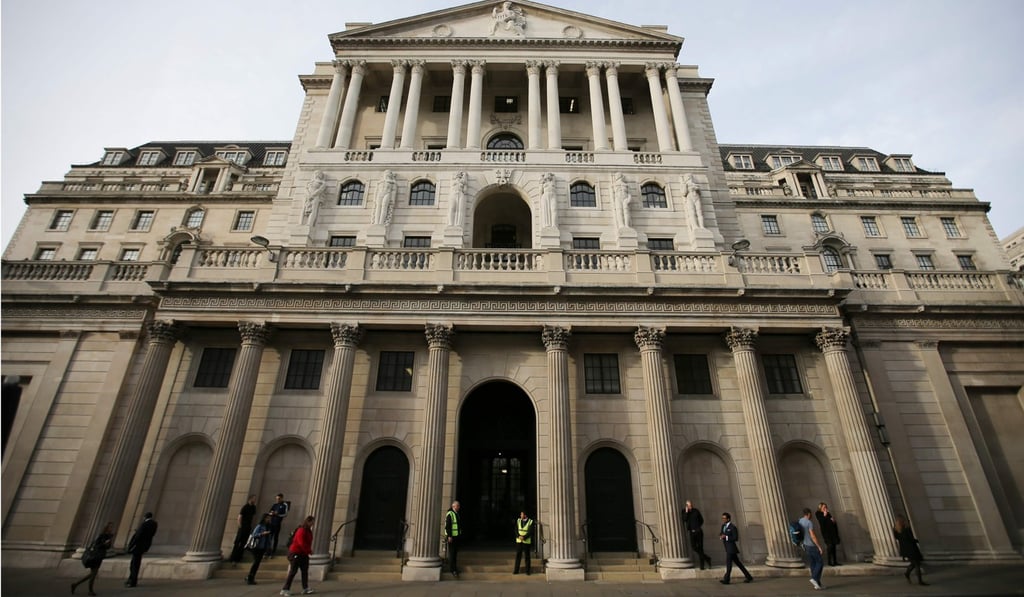Most people are somewhat aware of the f
ourth industrial revolution. The first industrial revolution occurred with the rise of steam power and developments in iron and steel manufacturing. The second started with the assembly line, which allowed specialisation of skills, represented by the Ford motor assembly line at the turn of the 20th century. The third revolution came with Japanese quality control and use of telecommunications technology. The fourth industrial revolution, or Industry 4.0, is concerned with artificial intelligence,
robotics,
genomics, creative design and
high-speed computing capability to revolutionise production, distribution and consumption.
Finance is a derivative of the real economy – its purpose is to serve real production. Early finance was geared towards funding trade and governments’ war efforts. The first central banks in Sweden and England were established in the 17th century at the start of the first industrial revolution. Industrialisation became much more sophisticated with the advent of Finance 2.0 – the rise of credit and equity markets in the 18th and 19th centuries. Industrialisation and colonisation came about at the same time as the globalisation of banks, stock and bond markets.
With the invention of first the fax machine and then the internet, which speeded up information storage and transmission in the 1980s, finance and industry leapt into the age of information technology. Finance 3.0 was the age of derivatives, in which very complex (and highly leveraged) financial products became so opaque that investors and regulators realised they were what Warren Buffett called “weapons of mass destruction”. Finance 3.0 stalled in 2007 with the
global financial crisis and was only propped up by massive central bank intervention in terms of unconventional monetary policy with historically unprecedented interest rates.

